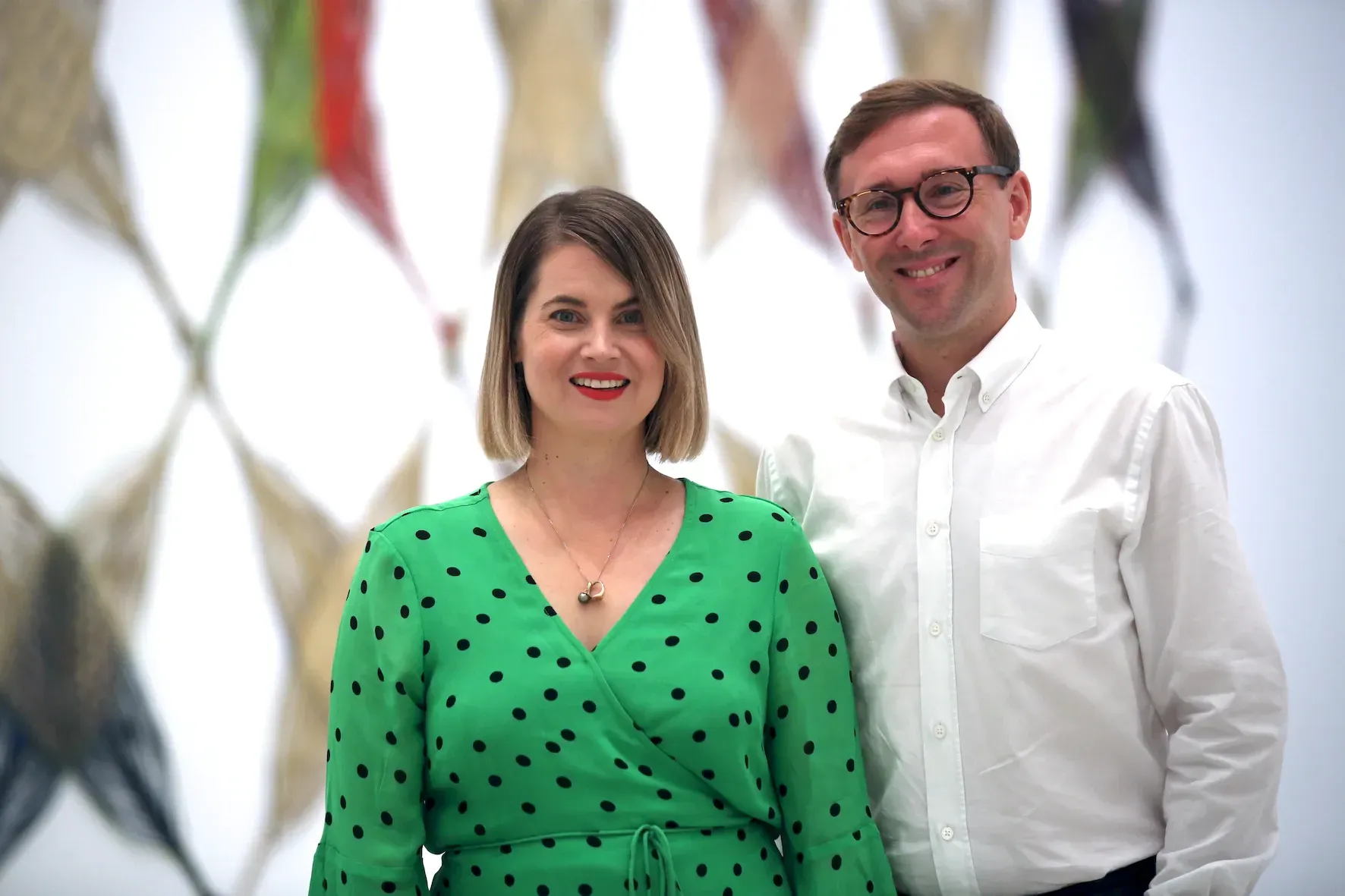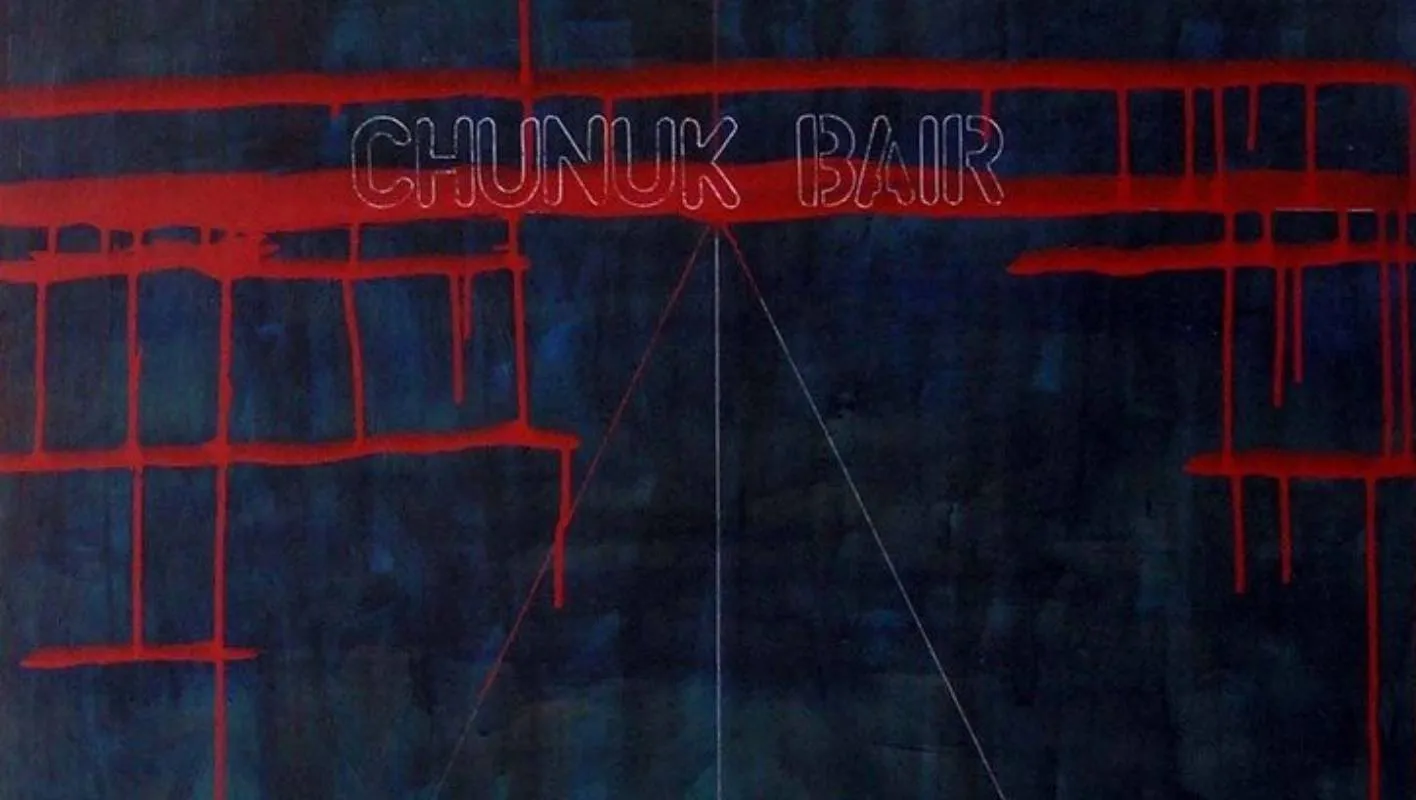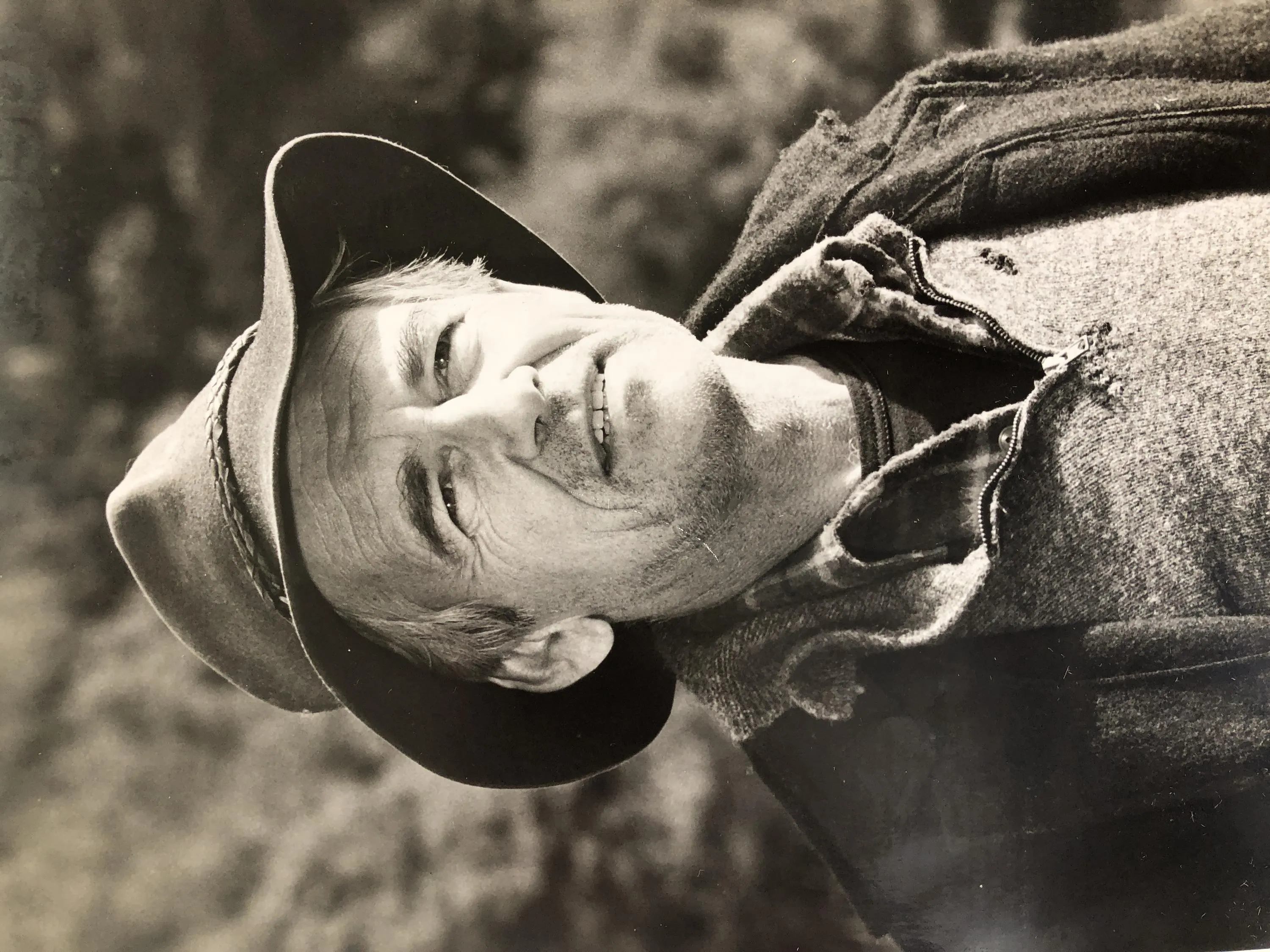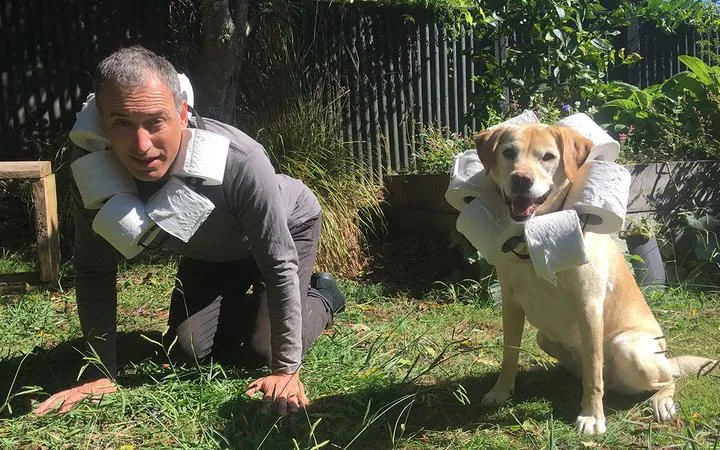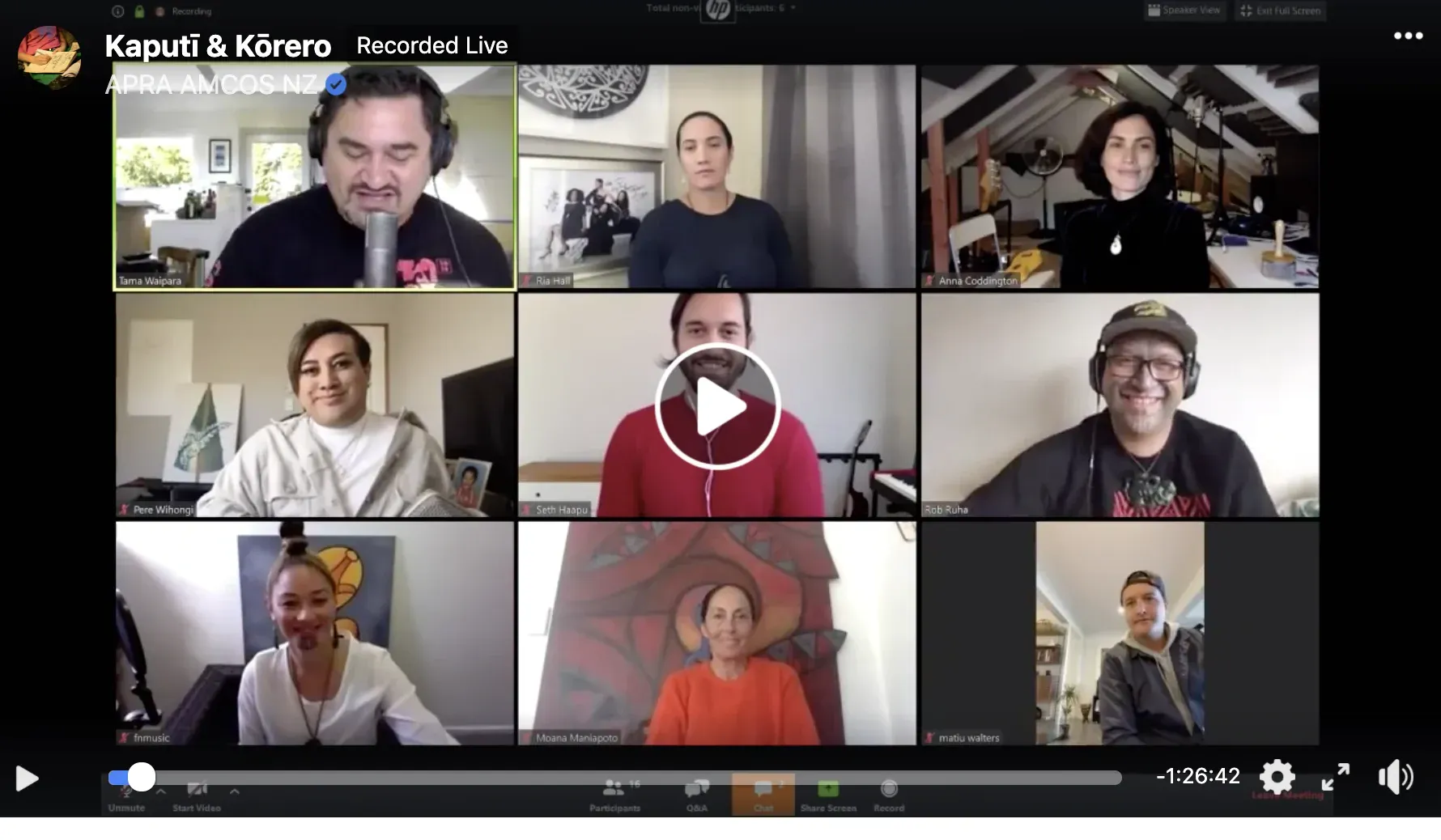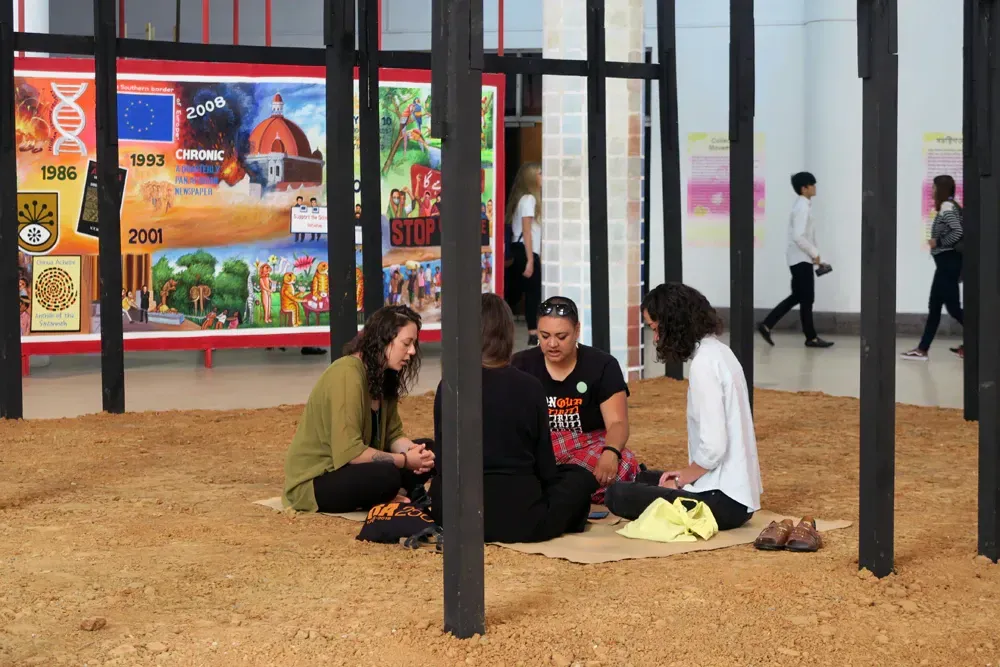What Will We Save? Arts Funding Challenges
Written by
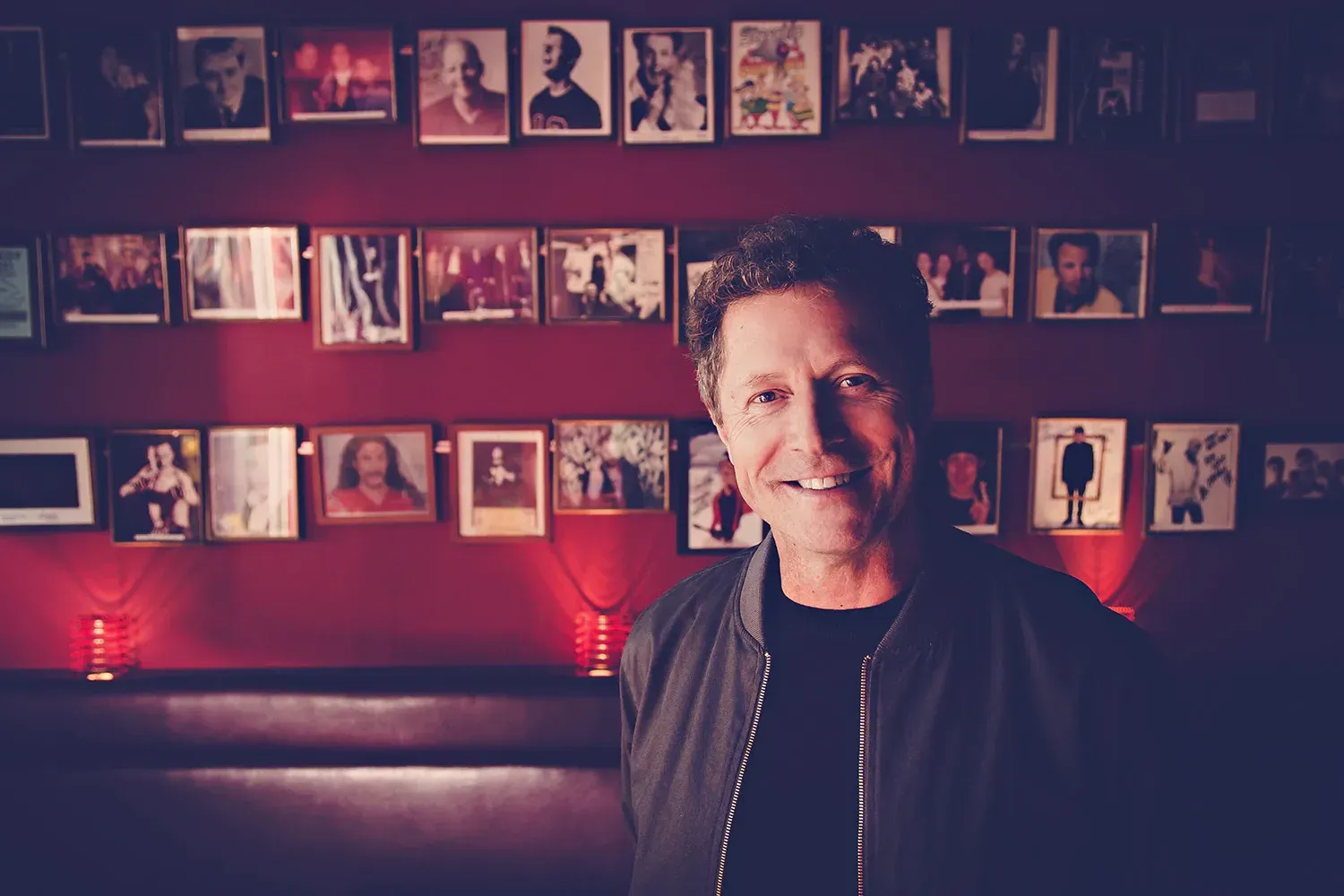
Arts Take on the Beehive
The pressure is increasing on the government to do more to support the arts in crisis. The arts sector aren’t just waiting on Creative New Zealand: Tānemahuta Gray (of theatre producers Taki Rua) and Meg Williams (of Tāwhiri – NZ Festival of the Arts) are leading lobbying Ministers of the Arts to double government annual funding to CNZ from $16 million to $30 million, and for that to remain a baseline. In the 2019 government budget, CNZ received a one million dollar annual increase.
Their rationale: “ticket sales, gaming trust grants, sponsorship and philanthropy make up approximately 51% of income (roughly $56 million) for the contracted arts sector currently invested in by Creative New Zealand… In the immediate term that investment has disappeared almost entirely, and in the next 12 months ticket sales, sponsorship and gaming grants revenue will be at severe risk.”
The $16 million investment being lobbied for, they say, “represents just 24% of the sector’s ‘severe risk’ revenue” for the 2019/20 financial year. A form letter to use is here.
And it’s not just artists making a call. Finally, there’s some advocacy from the Opposition: “The Government needs to urgently develop a support package for New Zealand’s live events and creative arts sector,” National’s Arts, Culture and Heritage spokesperson Jonathan Young says. Young was quietly named spokesperson in February, so this is the New Plymouth MP’s first entry into the fray, at a vital time (arts appreciation rather than experience is noted here in his bio, but he does have a background in teaching).
“The Government,” Young says, “should support artists in the creative industries sector by helping with their costs and extending support measures. They will be among the last to resume activities once restrictions are eased, which will likely be well after the wage subsidy scheme ends.
“It has been estimated that the sector contributes about $17.5 billion to New Zealand’s GDP through both creative industries and the creative input to general business activities. This equates to more than 130,000 jobs.”
Why then, is none of this being reported in the media? While sports reporting continues in the absence of sport, we remain reluctant to treat the arts contribution as worthy of the news attention Young suggests it is worth.
A case in point: NZ arts radio programme ‘Standing Room Only’ is currently off air. Arts reporter Lynn Freeman has instead been keeping busy reporting online and contributing to other programmes. ‘The Arts Go Online’ is a regular slot on Karyn Hay Presents and in the programme this week, Freeman talks about some of the issues facing the arts.
The cancellation for the first time in 32 years of WOW, the World of Wearable Arts festival is given as an example of the financial fallout. In 2019, Freeman notes the event made about $29 million for the Wellington economy, with 40,000 visitors coming to the capital.
Dire Across the Ditch?
Let’s pause to consider somewhere close, where things may be worse: Australia. Writer and critic Alison Croggan has put together this powerful account of how the arts have been devastated by a lack of attention from Federal government. Even more pointedly, Croggan describes how years of arts industry campaigning has not been working.
“The bulk of our achievement since 2013,” she writes, “has been to meticulously record our endless defeat. But our whole lives are about thinking in new and interesting ways. So let’s rethink the whole shebang. From the ground up.”
The Federal Government did announce on 9 April a $27 million support package but it was targeted at regional and indigenous arts, and not seen as going far enough - leading to an open letter signed by over 100 arts organisations and published in Guardian Australia last Friday.
Meanwhile, the New Zealand Government should take note: Australian state governments have started releasing emergency arts packages: on Tuesday, as reported by Artshub, an Australian $16.8 million package from the Victoria government. The Age report it’s the first in a series of announcements of assistance. Also on Tuesday, Create NSW announced $6.34 million in support of the New South Wales small-medium arts and screen sectors.
There’s also reporting on the effect on the books industry, with this Guardian piece on the “huge shock” caused.
Save Our Venues
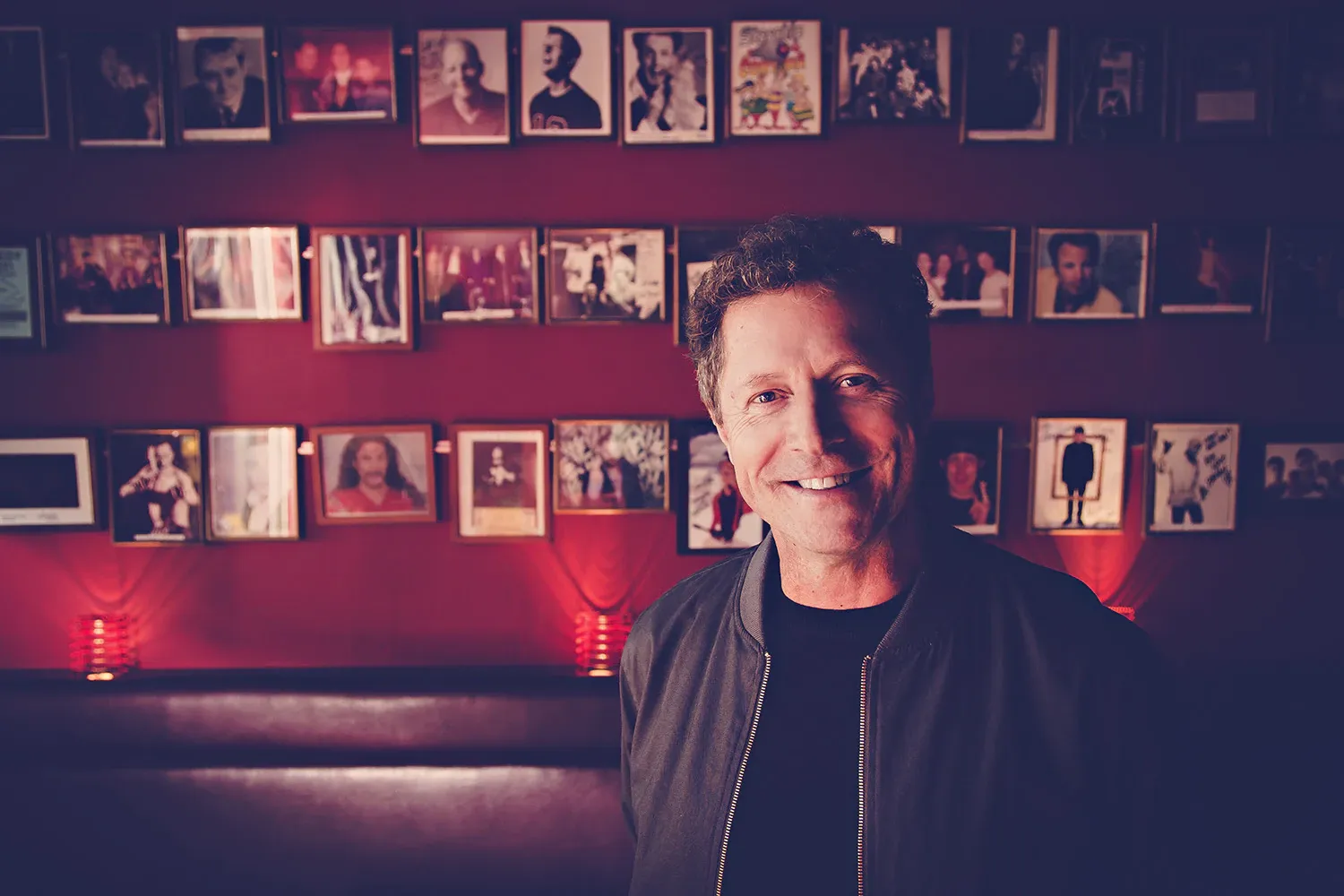
The Classic director Scott Blanks.
Comedy. We sure need it right now. And whether it’s a meow from the wicked Thomas Sainsbury’s Gingerbread or Dai’s House Party visiting lockdown bubbles comedians are giving plenty for us for free right now, as we head into what would have been the opening week of the Comedy Festival. Think of the money you’re saving...
The festival cancellation means the future of what has long been NZ live comedy central, The Classic in Auckland is in jeopardy. So the venue has come up with a support scheme. It involves people “saving a seat at The Classic now,” says director Scott Blanks, “which they can exchange “for a Ticket to Laugh once we return to funny business as usual.”
The Comedy Festival month accounts for about a quarter of The Classic’s annual turnover. “The prospects aren’t great,” says Blanks. “But I have already received really positive support from our leading comedians who have offered to help The Classic survive.” You can donate here.
But it’s of course not just iconic comedy venues suffering. Currently, artist-led fundraising on Boosted for the iconic Auckland double-bill of Whammy and the Wine Cellar in K Road is going off. Like the Classic, these are venues that don’t have the privilege of Creative New Zealand funding.
This is a music community who know how to band together - that was something the Christchurch earthquakes gave us. The campaign, as I write, has raised an impressive $71,000 from almost 1300 donors. These venues have supported the careers of Marlon Williams, Aldous Harding, Nadia Reid, Tiny Ruins, The Beths, Reb Fountain and thousands more. “We need venues to grow talent as much as we need venues to be entertained…” runs the blurb. “Music venues are not cash cows – they are no way deemed ‘viable’ businesses. And that’s because they don’t make money and they’re a hell of a lot of work. You run a music venue for the love of it; because you are passionate about live music and want to provide a space where your community can congregate to hear it.” Here’s a Stuff story on it.
This is a brilliant example of how beloved arts institutions can harness their audiences' love at times like these when they are hurting and need support. We can expect to see many successes and failures in this regard in the coming weeks, as we look to pull through this.
Another success currently rocketing, is the New Zealand Made Businesses Facebook group which after a month has a whopping 260,000 members. It uses tags sophisticatedly, to be a really dynamic network - for example, enabling you to browse 56 ‘creative artists’ posts.
Art goes Virtual
After surely the quietest month in decades, things have leapt back into frame for the art market with the Virtual Art Fair now online. Organised by the Auckland Art Fair, 35 galleries are participating - impressive given 41 participated in 2019.
Among those not participating are two from 2019 making a point of setting up independently. Auckland’s Michael Lett Gallery and Fine Arts, Sydney are presenting works online by a bevy of outstanding artists from both galleries' programmes over the dates that would have been the physical art fair, 25 April - 4 May. The pair were to have made a joint group show at the Auckland Art Fair.
Kate Powell has written on the Virtual Art Fair for The Big Idea while exhibiting artist Meg Porteous is over on The Spinoff art section. Meanwhile, the cancelled Melbourne Art Fair has this week announced a virtual fair 1-9 June - story, here in The Age.
That Didn't Last Long
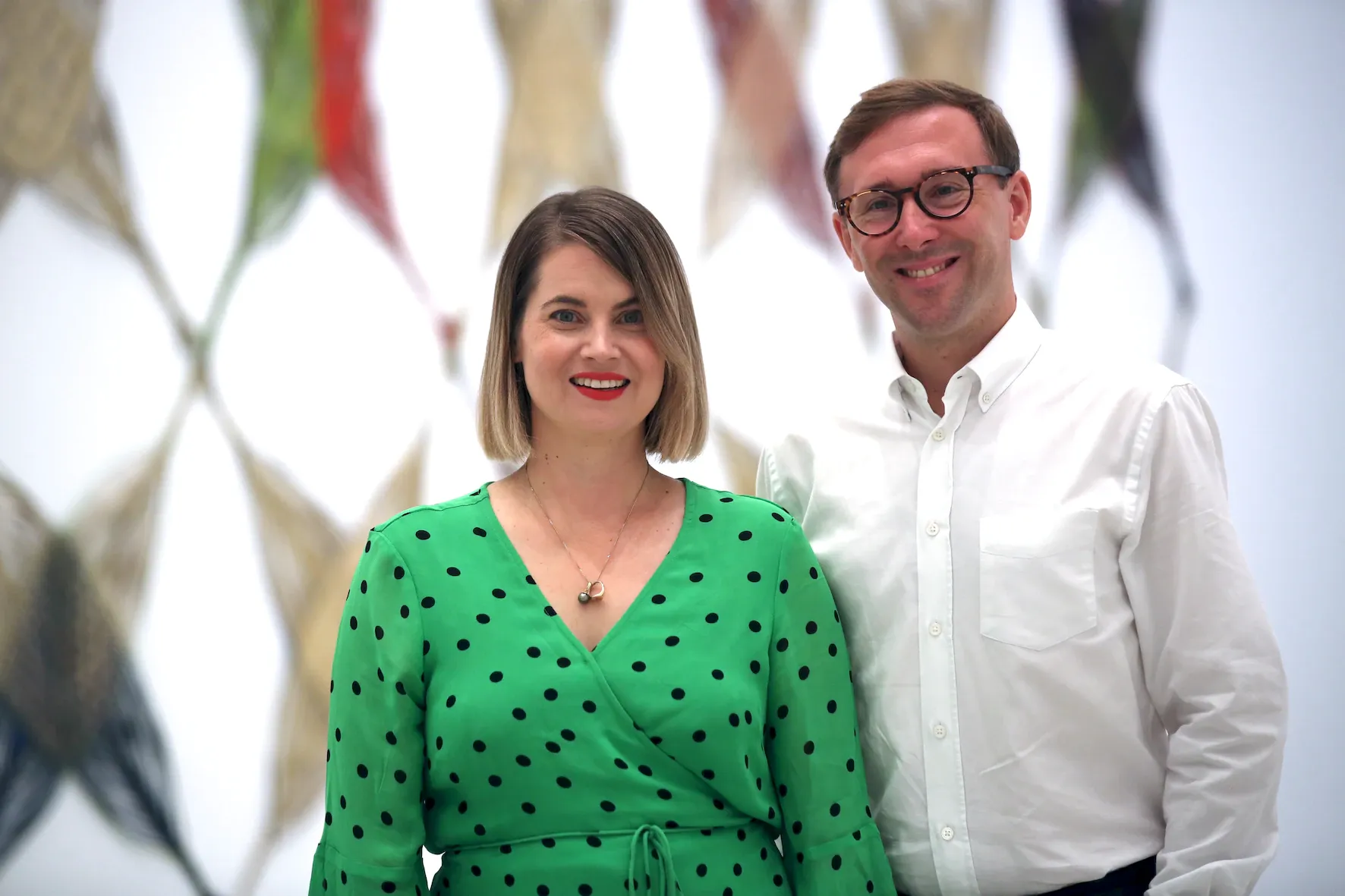
Aileen Burns and Johan Lundh. Photo: Mark Dwyer
Thoughts on the smallness of the art world - or being about who you know - were highlighted with the announcement that co-directors of New Plymouth's Govett-Brewster Art Gallery/Len Lye Centre, husband and wife couple Johan Lundh and Aileen Burns have resigned a year after they arrived in New Zealand to take over as co-CEOs of impressive new Saskatoon art gallery, the Remai Modern, Canada.
Several clear reasons for their departure are understandable - with a small child to raise, taking up a prestigious post closer to family must have been a great lure. The great irony, however, is that the very person who helped get them the Govett-Brewster job was former director and then CEO of the Remai Modern Gregory Burke, acting as international consultant for the New Plymouth District Council’s recruitment panel. “I am excited for the future of the Govett-Brewster Art Gallery and Len Lye Centre,” he said at the time. I’ll let you add your own ellipsis.
Walters Prize Saga
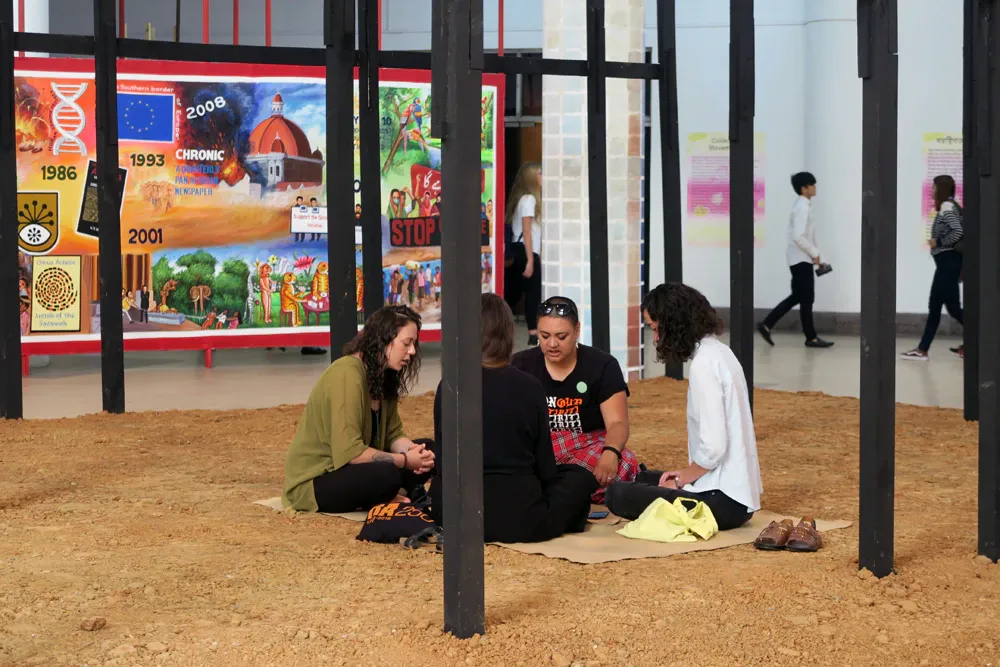
Walters Prize finalists Mata Aho.
Following last week’s news on discontent around the judging process of pre-eminent art prize the Walters on RNZ, I published this for The Spinoff at the weekend, with comments from Ema Tavola, John Hurrell and Warren Feeney.
Walters Prize finalists Mata Aho Collective meanwhile can be found in conversation with Contemporary Hum editor Pauline Autet, pre-Lockdown in Dhaka here.
ANZAC Generosity
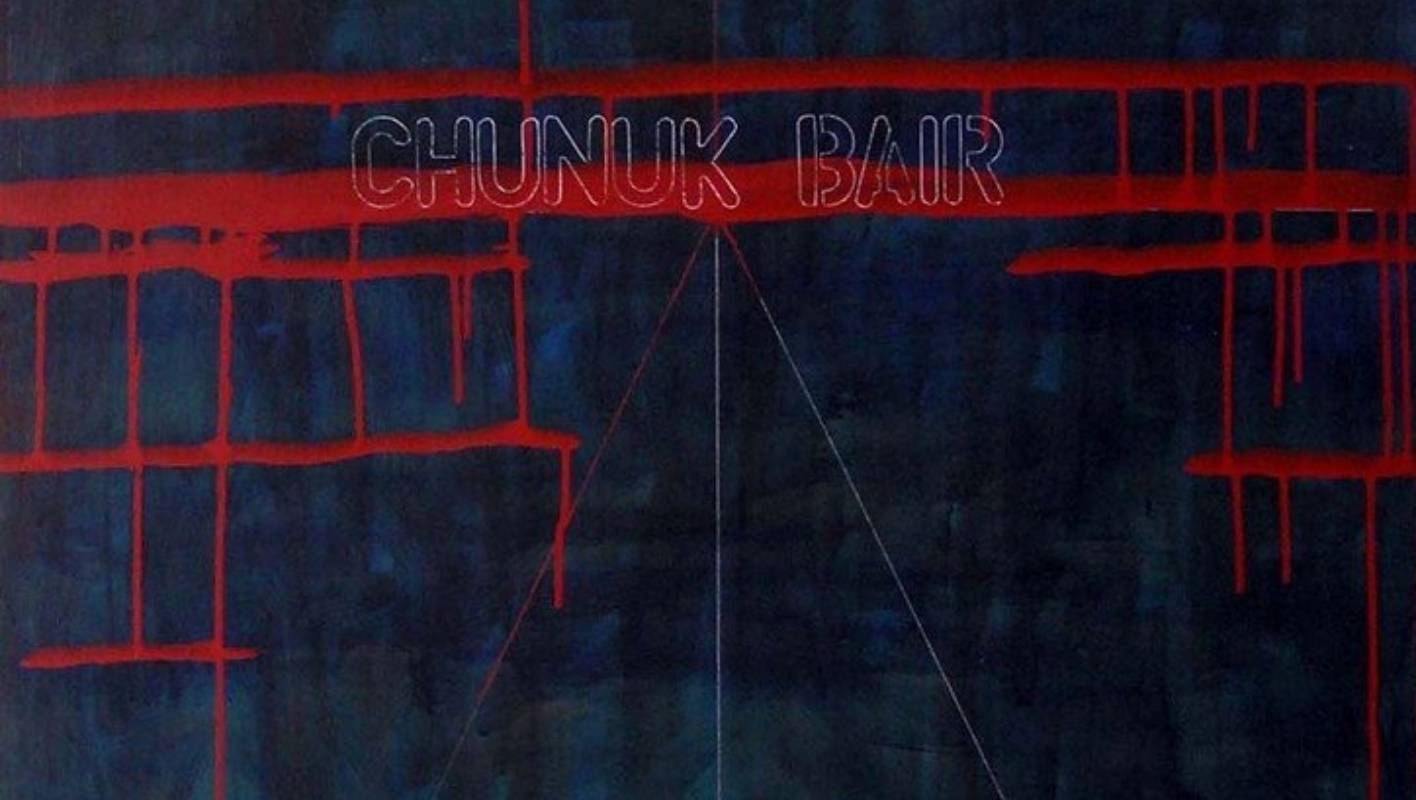
‘Gallipoli Suite X’. Image: Pat White
There was some art-related Anzac news over the weekend. As the Timaru Herald reports, Fairlie painter and writer Pat White has donated his 13 piece painting series ‘Gallipoli Suite I-XIV’ and a six-metre piece ‘Each Paddock its own History’ to Timaru’s magnificent Aignatithe Gallery. Painted over a 10 year period, the works - through abstraction - tell the story of White’s great uncle Private John "Jack" Robert Dunn’s service in World War I. It was exhibited at the Aignatithe in 2017, as part of Gallipoli: In search of a family story which also included poetry and sculpture, and which toured widely between 2005 and 2017.
Allpress All Class
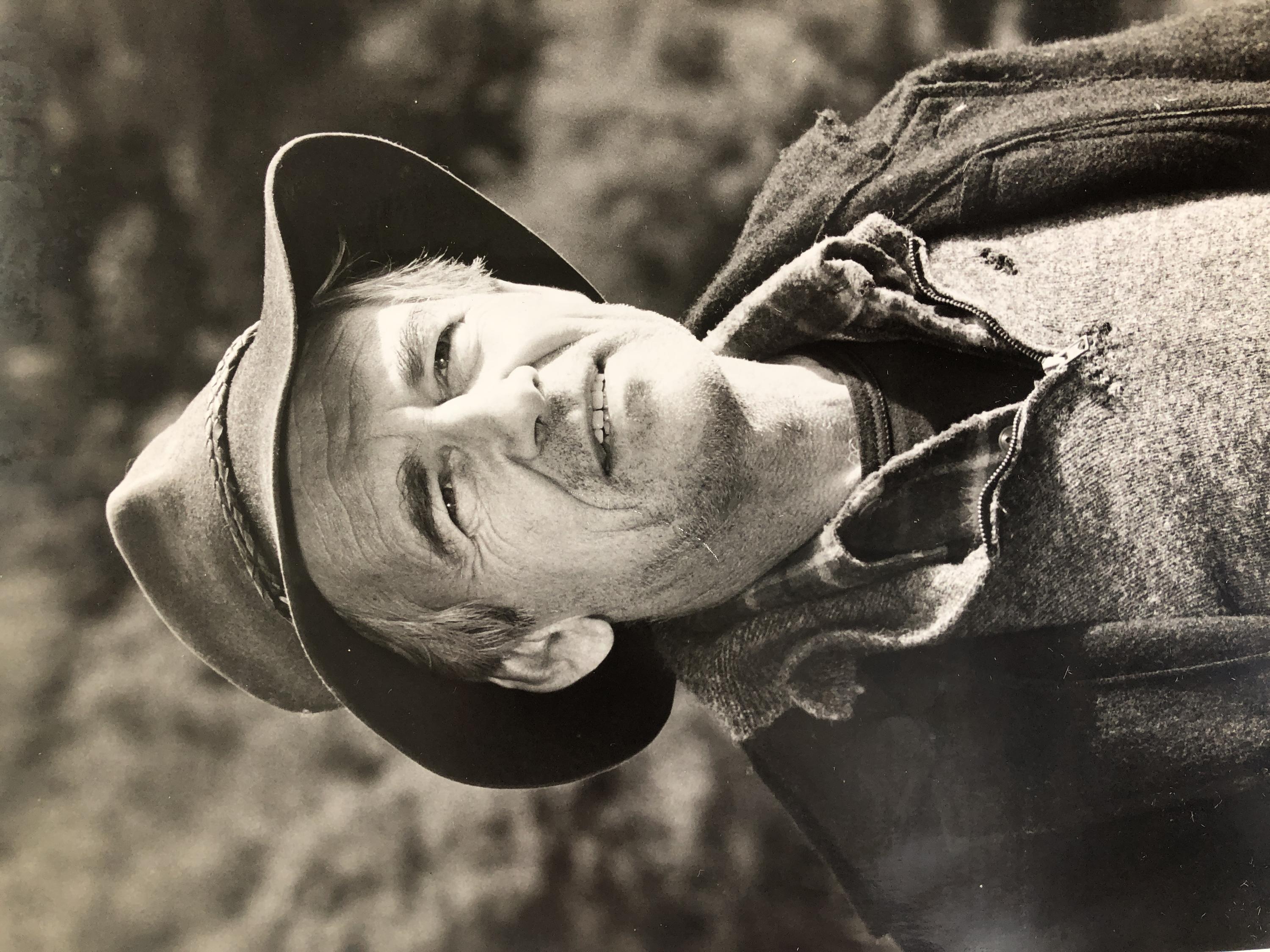
The late Bruce Allpress in Jocko.
A great New Zealand film and theatre actor passed last week, aged 89. You might recall Bruce Allpress from anything from Close to Home to The Piano, and more recently he made a ‘big splash’ as a dive-bombing God in the New Zealand tourism ad campaign Frosty Man and the BMX Kid (charming video here). Here’s a NZ Herald story remembering Bruce.
Springboarding
Coming at a welcome time, the Arts Foundation have announced six emerging artist recipients for their brand new Springboard programme: $15,000 each and mentoring from a former Foundation awarded artist (who appropriately get $5000 for their professional time). Spanning multiple arts disciplines and ethnicities, they are visual artists Min Young-Her and Ayesha Green, filmmakers Matasila Freshwater and Moana Ete, musician Arjuna Oakes and film and theatre maker Bala Murali Shingade.
The Foundation’s Boosted Live went up over the weekend, with projects getting quite different levels of support. Here’s the Foundation's Jo Blair talking about the programme on Breakfast TV with John Campbell. Live events are announced through the Foundation’s social media feeds.
Kōrero? Ka Pai!
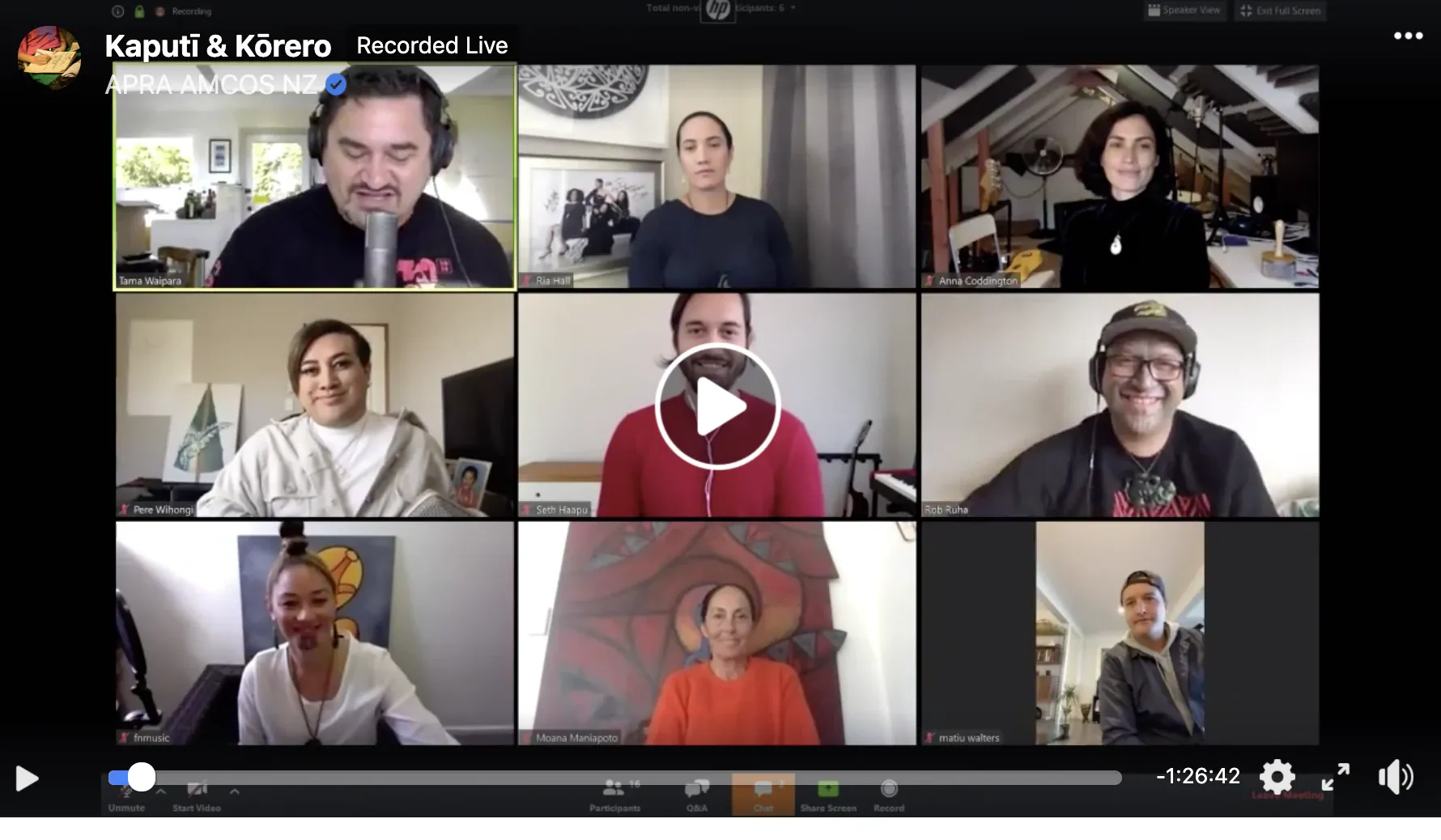
‘Kaputī and Kōrero’online hui.
As I’ve previously written, in many ways we have had more access to conversations around the arts than ever before, due to Covid19 online initiatives. Here’s a real treat from this week, a 90-minute ‘Kaputī and Kōrero’ hosted by Tama Waipara with a range of awesome Māori musicians, presented by APRA AMCOS and Creative New Zealand.
Getting Canine during COVID-19
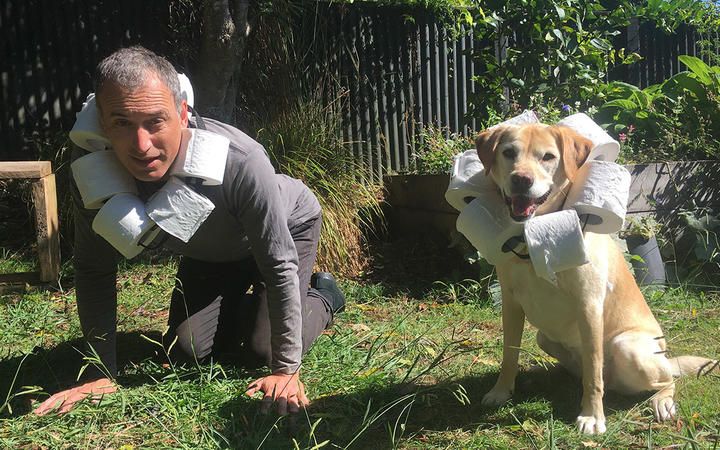
Mark Harvey and Lara in their work ‘Lets Share the Ground Together’
What’s a performance artist to do in lockdown? If it’s Auckland solo endurance performer Mark Harvey - it’s business as usual, responding comically to big issues through engaging with his local environment. In this case, on all fours: mimicking his Golden Labrador Lara to “see things from her perspective." Here’s ‘Let's Share the Ground Together’, the video work presented by international performance art organisation Performance Køkkenet, and here’s Harvey in an interview with Lynn Freeman on the Radio New Zealand website.
Directory Addition
Every time we publish our Lowdown directory to arts media online, some great content I wasn’t across pops up. In this case, it’s from Dunedin. Down in Edin Magazine is a quarterly online arts magazine focused on the Dunedin creative community and Otago artists. They’ve been around since 2014, and produced 20 online editions. Here’s the latest.
Con-Artist Alert
While we’re proud of our creative breadth here at the Lowdown, we’ve never once in two years uttered the word ‘cosplay’. This is the creative hobby that became huge in Japan and has spread, where ‘performance artists’, or cosplayers dress as well-known characters and indulge in costumed role-playing. An international magazine on the phenomenon, Con-Artist began in New Zealand, and is now produced from a
team across Australasia. In this news release, they’ve announced they are using Kickstarter to try and go global. “With the world falling into disarray,” they write, “the cosplay world has gone from being about conventions and competitions to online streams and positivity posts.”
Want more of the Lowdown?
Check out past Arts Media Lowdowns here and subscribe here to our weekly bulletin so it comes straight to your inbox.
Our Annual Directory of Arts Online can be found here.
News and content ideas are welcomed for future editions of Arts Media Lowdown. Please send to mark.amery@thebigidea.co.nz.
